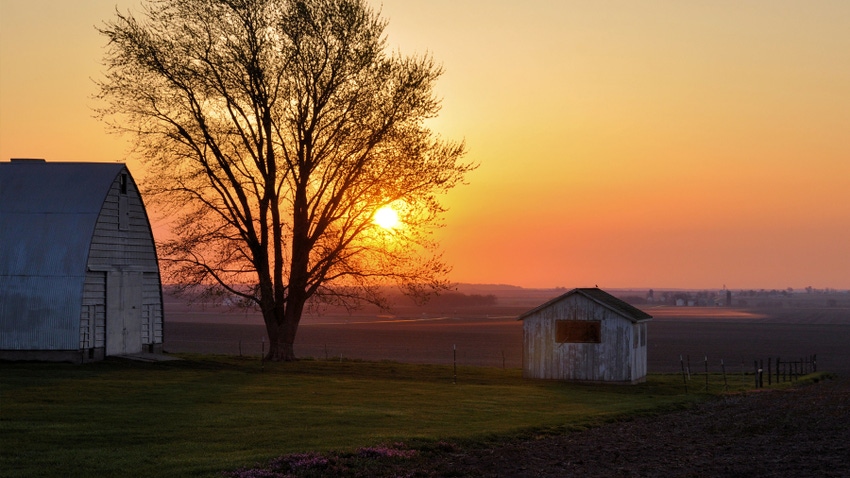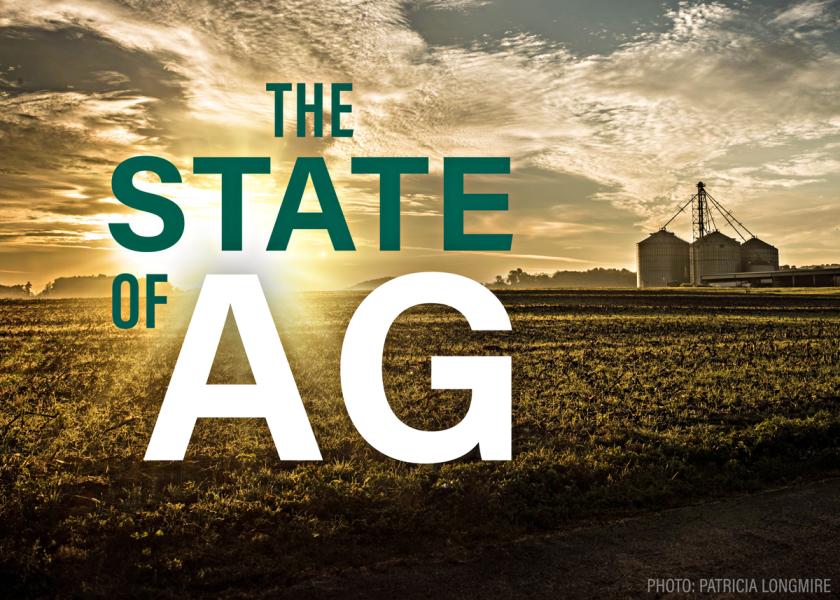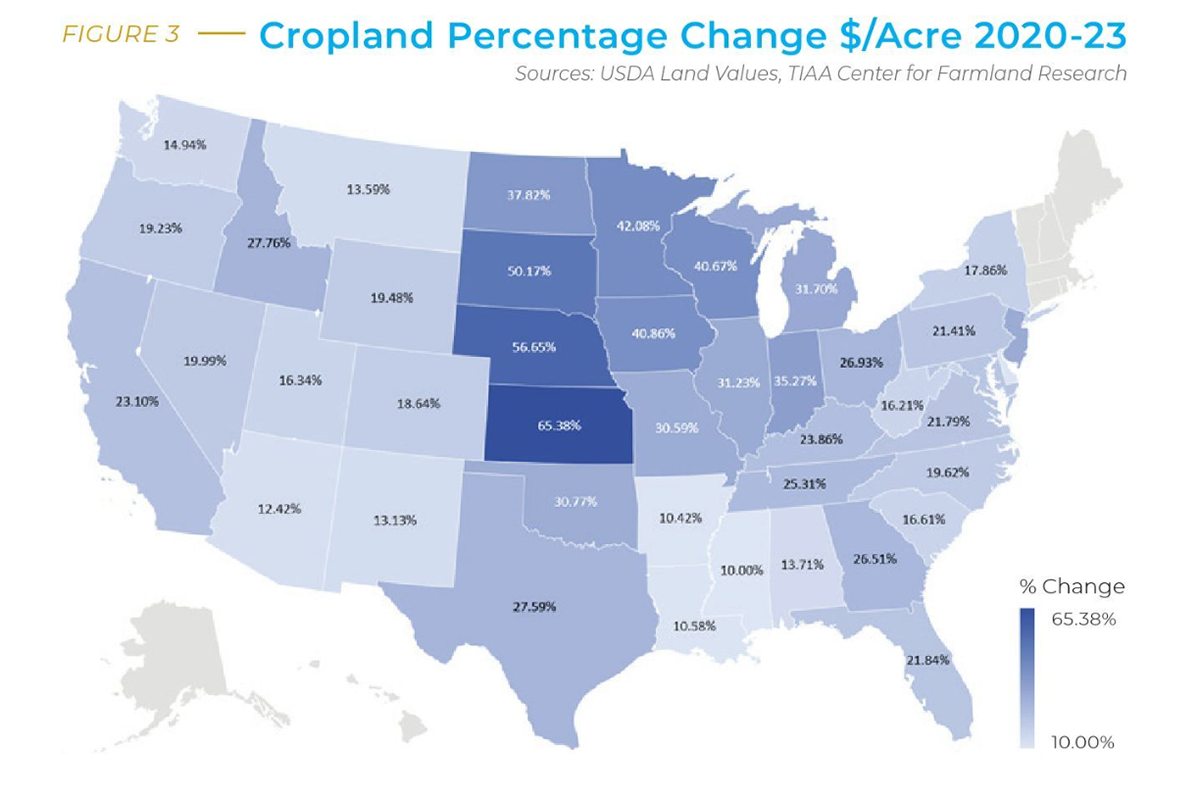From Successful Farming;
:max_bytes(150000):strip_icc():format(webp)/green-energy-indiana-wind-turbine-farm-and-soybean-field-182920989-0c19aacbec864783a77eca8a44545fa7.jpg)
Photo: Purdue9394/Getty Images
When foreign investors acquire U.S. forest and farm land, they frequently are interested in the possibility of solar, wind, or renewable energy generation on their new property, said an Agriculture Department report. Companies with the words “wind,” “solar,” or “renewable” in their names hold 28 percent of the 43.4 million acres of foreign-owned or -leased agricultural land in the country.
The large increases of the past decade in foreign control of crop and pasture land “are mostly due to foreign-owned wind companies signing, as well as terminating, long-term leases on a large number of acres,” said the annual USDA report. “The actual amount of land used by a wind farm is relatively low due to the small footprint of the wind turbines and limited use of access roads. This leaves much of the parcel available for agricultural use.”
Foreign ownership of U.S. farm land has gained attention with the rise in tensions with nations such as China and Russia. During the first six months of this year, at least 15 states, some already with restrictions, enacted new laws to regulate foreign ownership of real estate, according to the Congressional Research Service. Legislation was filed in Congress to ban “adversary” nations, most commonly China, Russia, Iraq, and North Korea, from owning agricultural land or agricultural companies. Other bills would give the government more power to scrutinize purchases and block them for national security purposes.





:max_bytes(150000):strip_icc():format(webp)/SUELFLOW.090-2-3b47d6dad05d4c9b9e21f09ca1720417.jpg)